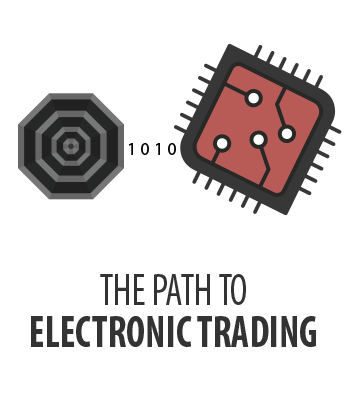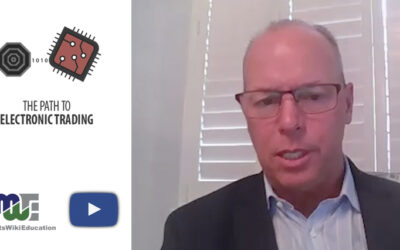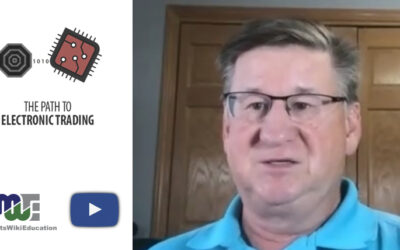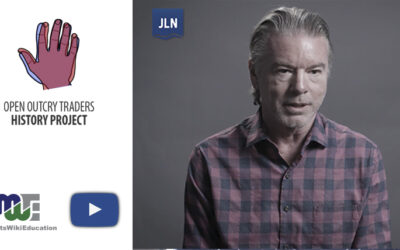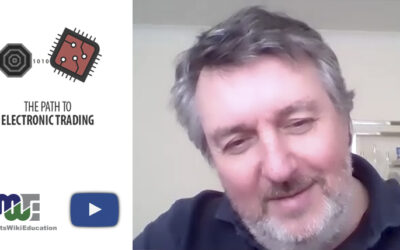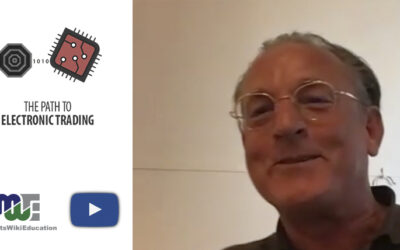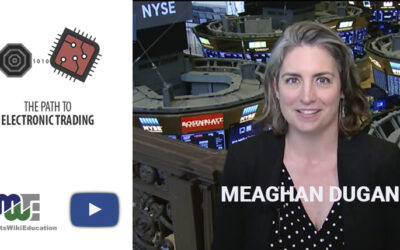In Part Two of Robin Trott – The Path to Electronic Trading, Trott talked about how block trade and call-around markets developed in Europe. Platforms were rushing to write to all of the individual European markets. There were a large number of them back then.
“From a support aspect, nobody really tried to explain why they were advantageous and the role the desks played,” he said. “They didn’t understand what the risks were as far as what you could enter, partly because this was quite arcane. But the platforms did work around that and that was a large part of the business.”
He said that when he first joined JP Morgan there was a clear division between what a salesperson did and what an execution trader did.
“I used to smile when I think back to the old school sales traders who didn’t want to get their hands dirty with email, let alone accept an order and an order management platform. There were a handful of core clients that paid up for that service.”
Trott talked about how the salespeople would sit opposite the execution people in those days and see the paper tickets fly. And the role of a trader merged into becoming sales and execution.
The middle office and back office functions were a core piece of what he and his team were trying to do with the order management systems. Between block trading and DMA, there was a different workflow and some people didn’t understand it, he said. “The people who dealt with clearing vs. execution, it was like two different worlds. They had their own terminology. But the order management system represented an opportunity to bridge that divide.”
The OMS provided a single platform that could bridge the divide between execution and clearing and reduced the workload on the execution desk, he said, so they were able to spend more time on best execution rather than having to check and double check the specifics around allocation.
He talked about how the call-around market changed to internal chat and then to Bloomberg as well. Clients would say, “We don’t even want to speak to you guys in the electronic supervision desk, let alone the voice execution desk,” but they would accept it all in chat, he said.
Trott said he was lucky enough to be involved in the development and integration with the company’s own chat and Symphony chat and being able to augment the chat with surveillance.
He discussed his move to Singapore to fill a role that covered the entire Asia region, which was less developed than the U.S. markets but rapidly growing.
He also detailed his eventual decision to become an independent contractor, and how he set up Norton Edge in Singapore “to keep being involved in capital markets, but to change it from the outside.”
